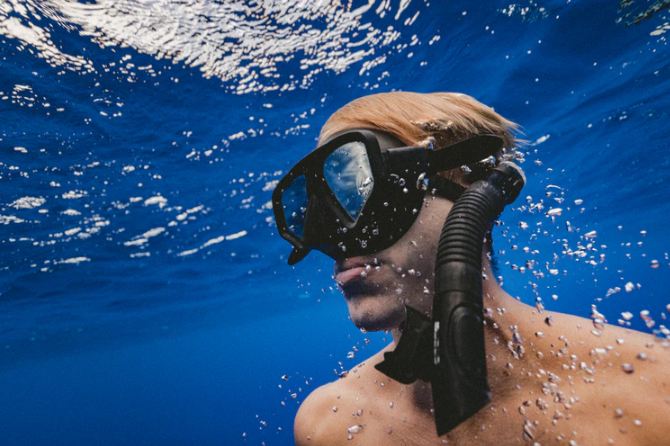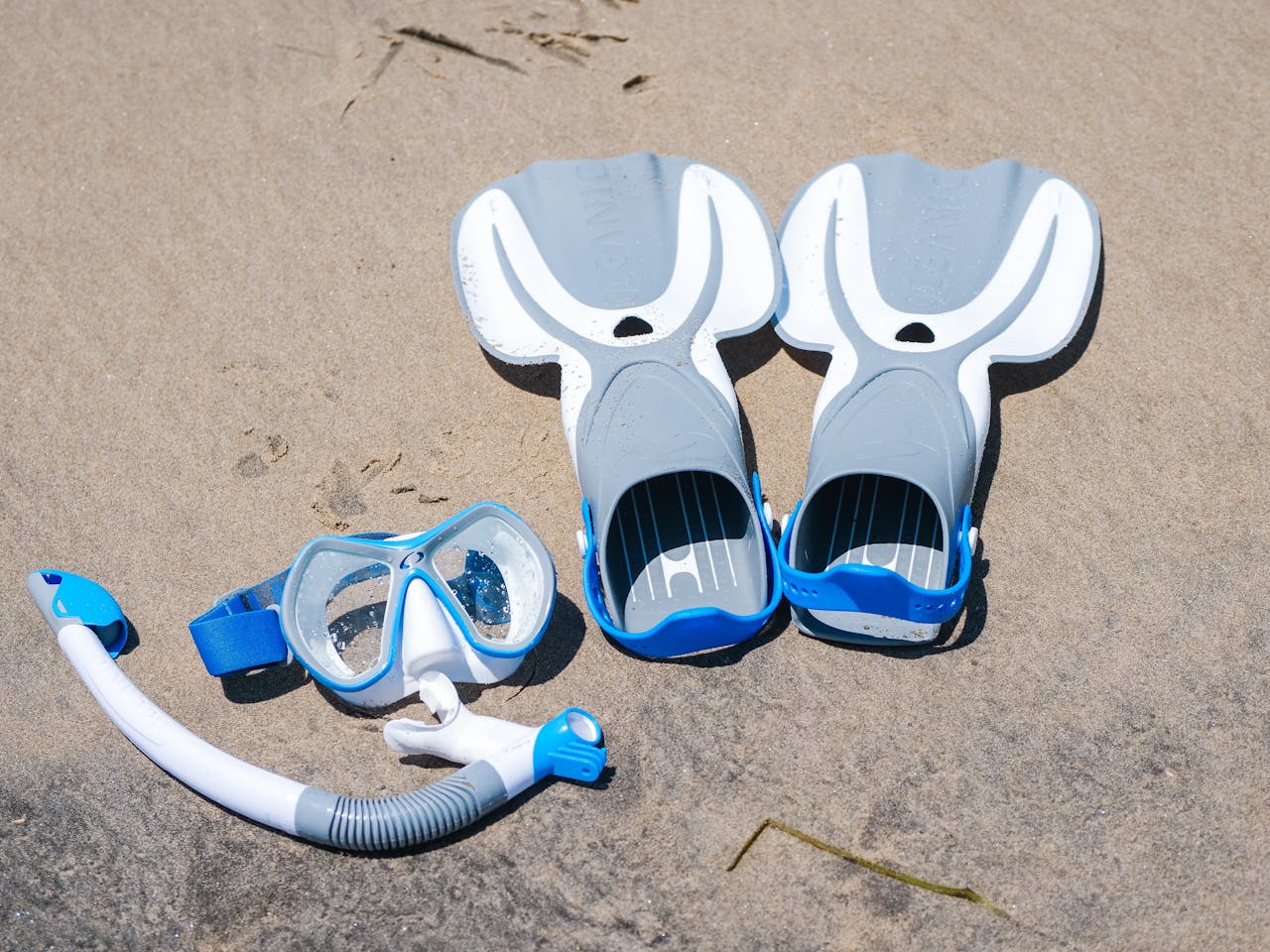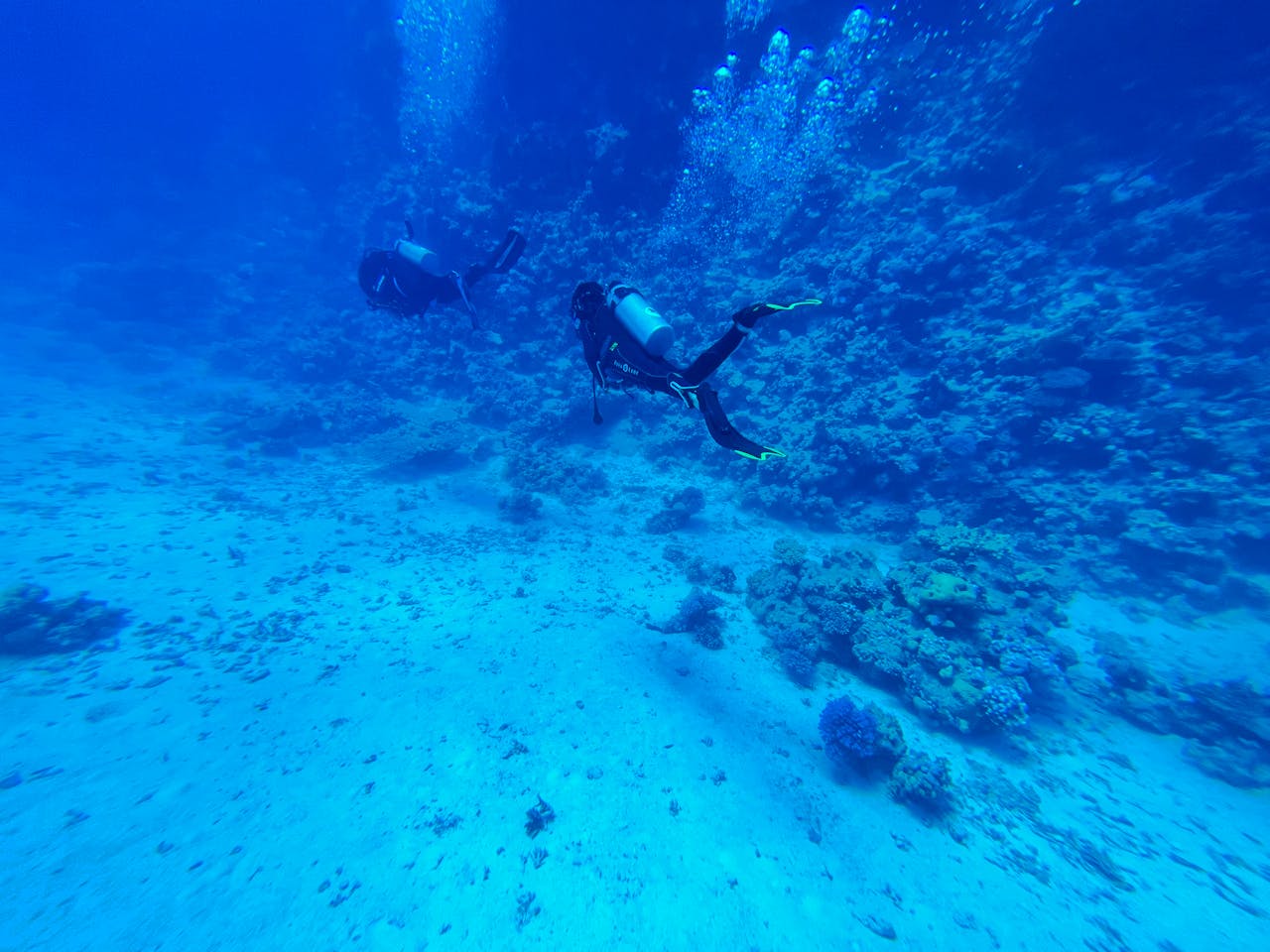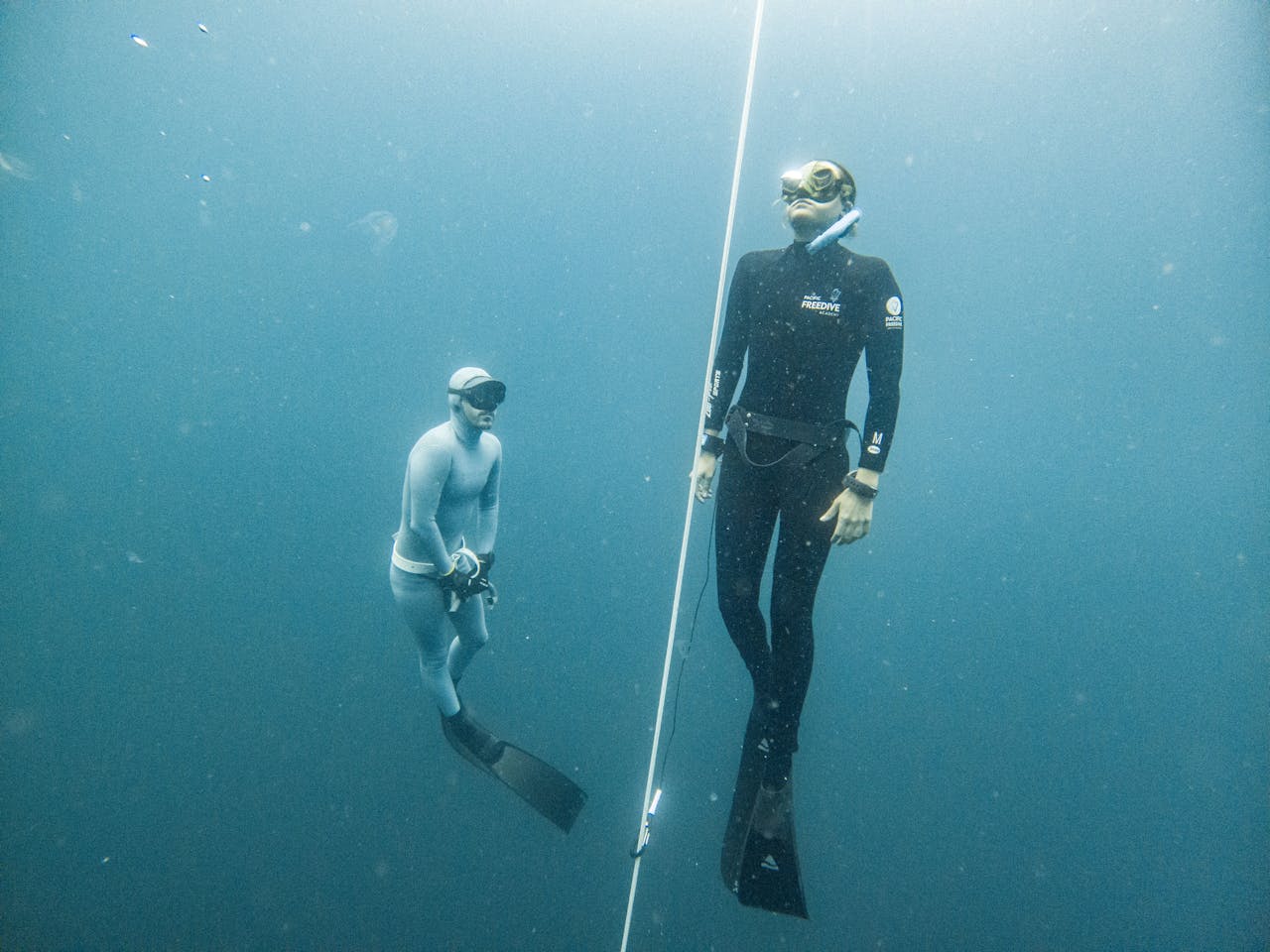Tips for Successful Snorkel Trips: A Beginner’s Guide
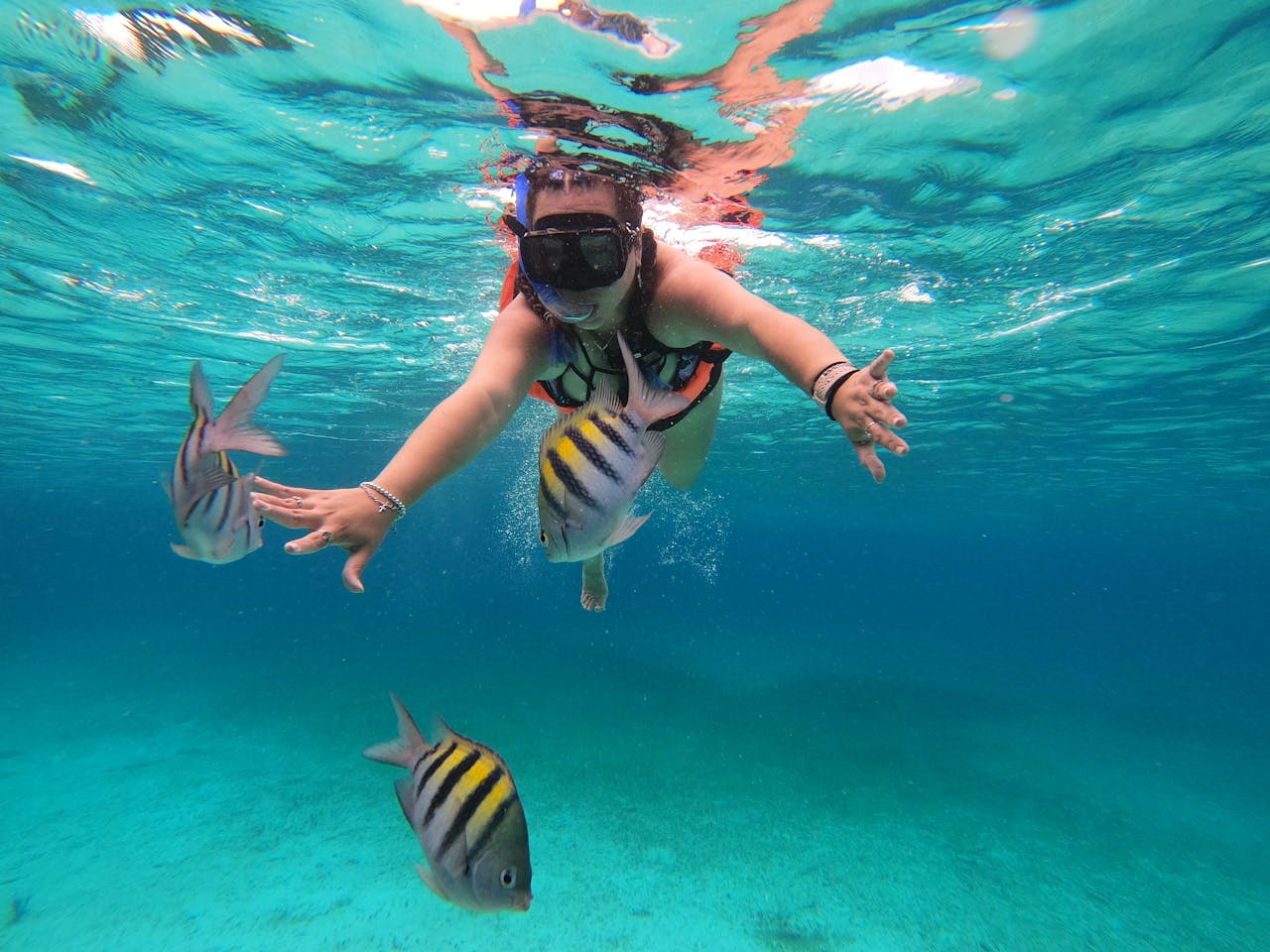
To guarantee a successful snorkeling trip, start with the right gear: a well-fitting mask, quality snorkel, and comfortable fins. Acquire proper breathing techniques by practicing slow, deep breaths through the snorkel. Choose calm, shallow waters with abundant marine life for your first outings. Prioritize safety by using a flotation device and learning basic hand signals. Respect the underwater environment by maintaining distance from coral reefs and marine creatures. Build confidence through practice in swimming pools or shallow waters before venturing into open water. By following these tips, you'll be well-prepared to investigate the fascinating underwater world that awaits you.
Essential Snorkeling Gear
What's the most essential aspect of a successful snorkeling trip? It's having the right gear that fits you perfectly. Let's plunge into the must-have equipment for your underwater adventure.
First, you'll need a mask with a 100% silicone skirt that fits snugly on your face. This guarantees a leak-free experience and keeps you comfortable throughout your swim. Pair it with a high-quality snorkel featuring a comfortable mouthpiece and purge valve for easier breathing underwater.
Don't forget your fins! Well-fitting fins provide efficient propulsion, helping you glide through the water with less effort and conserve energy. For added safety and confidence, consider using a snorkeling vest. It provides extra buoyancy, allowing you to float effortlessly on the surface. Proper fit is essential for both comfort and function when selecting your snorkeling gear.
Lastly, don't underestimate the importance of anti-fog solution. Apply it to your mask before each use to maintain clear vision underwater. With these essentials in your kit, you'll be well-equipped for an enjoyable and safe snorkeling experience. Remember, properly fitting gear is key to maximizing your comfort and enjoyment in the water.
Mastering Proper Breathing Techniques
Now that you're geared up, let's focus on how to breathe properly while snorkeling. Mastering proper breathing techniques is essential for a comfortable and enjoyable experience underwater. To get started, practice breathing slowly and deeply through your mouth using the snorkel. Take deep breaths to fill your lungs, then exhale slowly and completely.
Before entering the water, practice breathing techniques on dry land to get used to breathing through the tube. This will help you stay calm and relaxed once you're in the water. Remember to breathe steadily and evenly, as this will help you conserve energy and maintain buoyancy. Focusing on the freestyle technique and kicking can also help you breathe more efficiently while snorkeling.
As you Learn Basic Snorkeling Skills, focus on staying relaxed and reducing any anxiety you might feel. If you find yourself getting tense, take a moment to float on the surface and concentrate on your breathing. The more comfortable you become with breathing through the snorkel, the more you'll enjoy your underwater excursion.
If water enters your snorkel, don't panic. Simply exhale forcefully to clear the tube, then resume normal breathing. With practice, you'll become more confident and proficient in your snorkeling abilities.
Choosing the Right Location
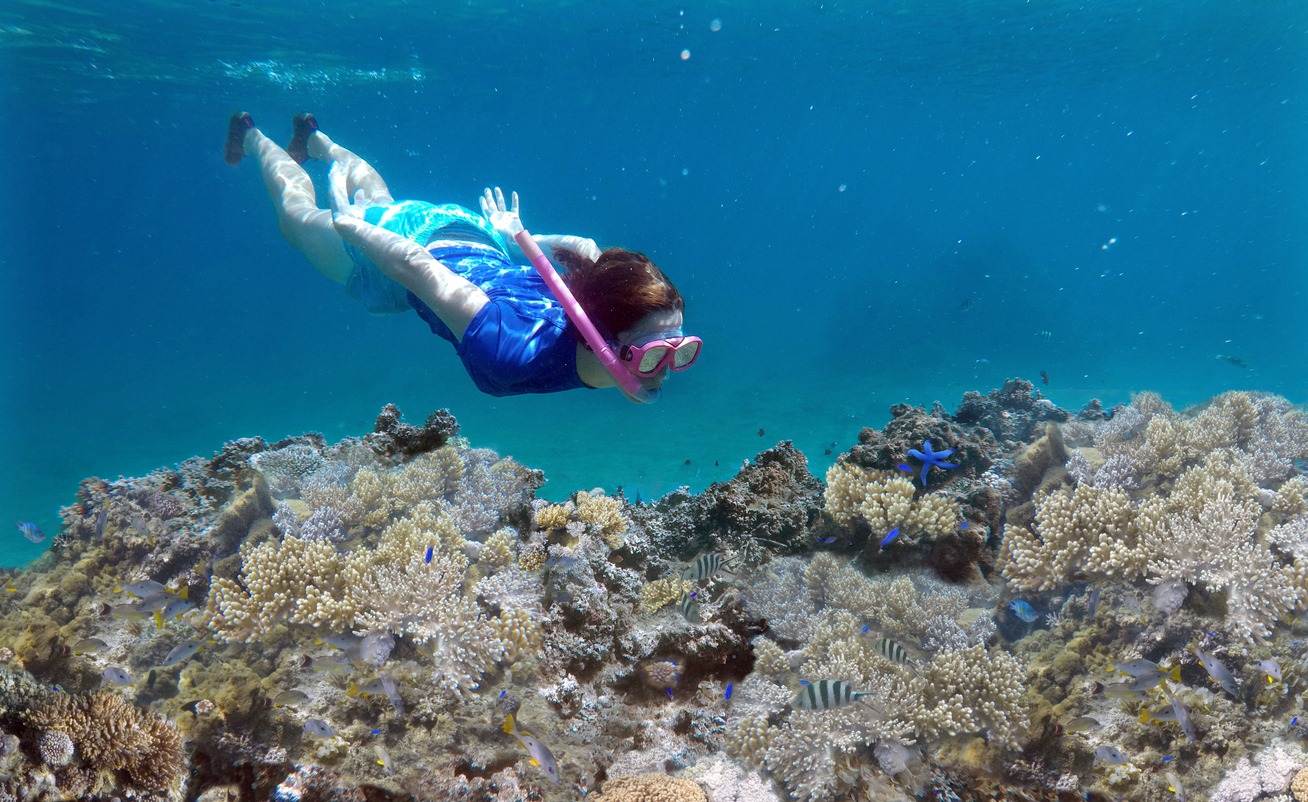
Selecting the perfect snorkeling spot is essential for beginners. When choosing your first location, opt for calm, shallow waters where waves almost always reduce visibility and make swimming challenging. Look for beaches or sheltered coves that offer easy access to the water, allowing you to gradually enter and acclimate to the marine environment.
Research areas known for abundant marine life, such as coral reefs, which provide excellent opportunities for observing diverse underwater ecosystems. However, be mindful of crowded spots, as they can detract from your experience. Instead, pick a secluded spot with fewer people to guarantee a peaceful, uninterrupted exploration.
Before finalizing your destination, check the weather forecast and water temperature. If necessary, bring a wetsuit or protective covering to maintain comfort during your snorkeling session. Remember, good snorkeling spots for beginners often feature minimal currents and protected areas.
Safety Precautions for Beginners
When setting out on your first snorkel trip, safety should be your top priority. If you're a first-time snorkeler, start by guaranteeing you have a properly fitting mask that fits your face snugly to prevent water from entering. Before heading to open water, practice in a pool to get comfortable with your gear and breathing through the snorkel.
Always use a flotation device, especially if you're not a strong swimmer. This will help you conserve energy and stay afloat in case of fatigue. Learn basic hand signals to communicate with your snorkel companion or guide, as you won't be able to speak underwater.
Before venturing into the ocean, familiarize yourself with the local conditions. Be aware of strong currents, tide changes, and potential hazards like rocks or marine life. Don't push yourself beyond your limits; stay in shallow areas until you've perfected basic skills.
Lastly, never snorkel alone. Always have a buddy or join a guided tour for added safety. By following these precautions, you'll guarantee a comfortable and safe experience as you investigate the underwater world for the first time.
Underwater Etiquette and Conservation
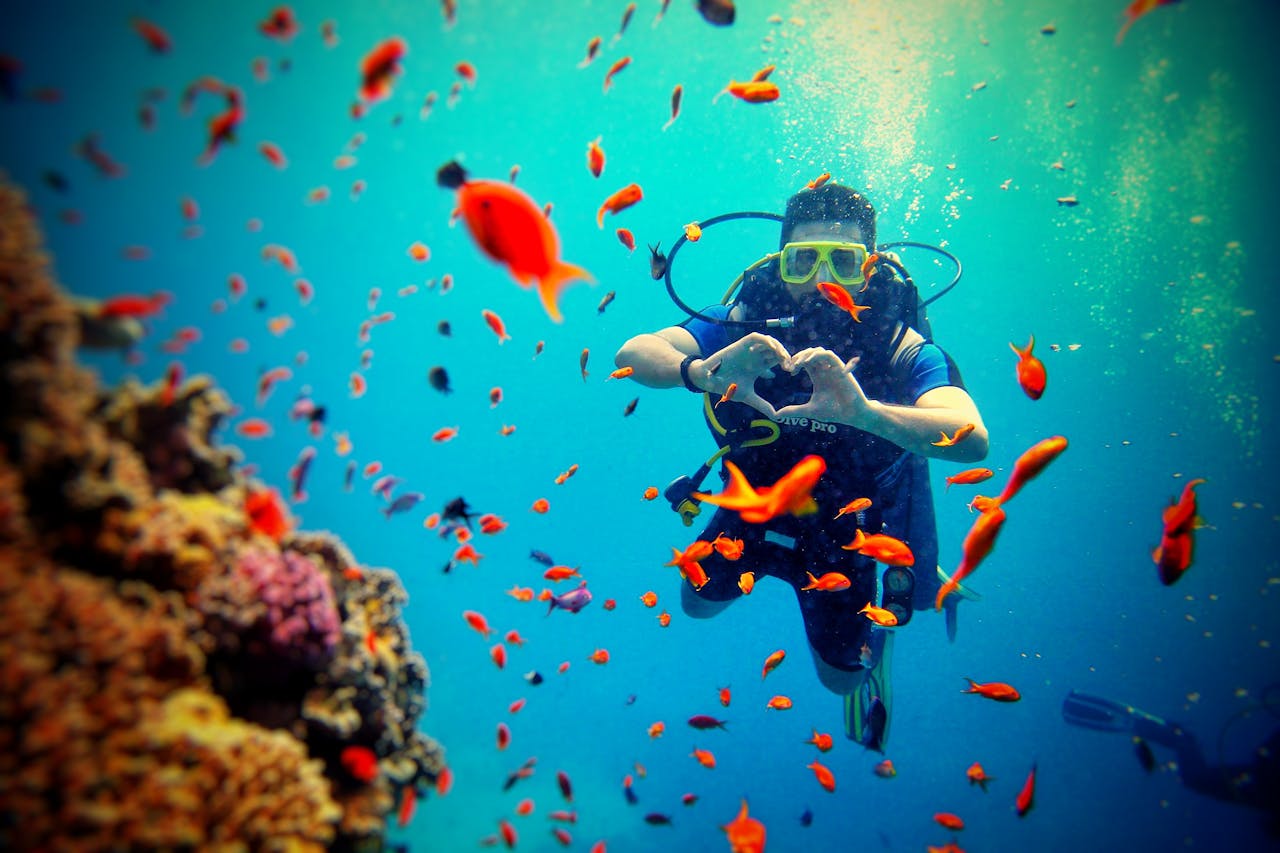
With safety measures in place, it's time to reflect on your impact on the underwater world. As you investigate the vibrant marine life, remember that you're a guest in their home. Coral reefs are living organisms, so avoid touching or standing on them to prevent reef damage. Maintain a respectful distance from sea life to allow them to exhibit natural behaviors without disturbance.
Preserving underwater visibility and ecosystem health is essential. Always dispose of trash and waste properly, leaving no trace of your presence. This guarantees the underwater environment remains pristine for future visitors and protects marine inhabitants from harmful debris.
Follow your tour operator's guidelines closely, as they're designed to minimize your impact on the ecosystem. They'll provide specific instructions on how to interact responsibly with the underwater world. By adhering to these rules, you're actively contributing to conservation efforts.
Building Confidence Through Practice
Three key steps can help you build confidence before your first open-water snorkeling venture. First, start practicing in a swimming pool or shallow, calm waters. This controlled environment allows you to familiarize yourself with your snorkeling equipment without the added stress of ocean currents or waves. It's especially beneficial for first-timers who might feel nervous about venturing into deeper waters.
Second, focus on acquiring essential techniques. Practice breathing through your snorkel and learn to quickly clear your mask of water. These skills are indispensable for a comfortable and safe experience. Experiment with different fin movements to improve your propulsion and conserve energy. As you practice with your gear, guarantee your mask fits snugly to prevent leaks.

